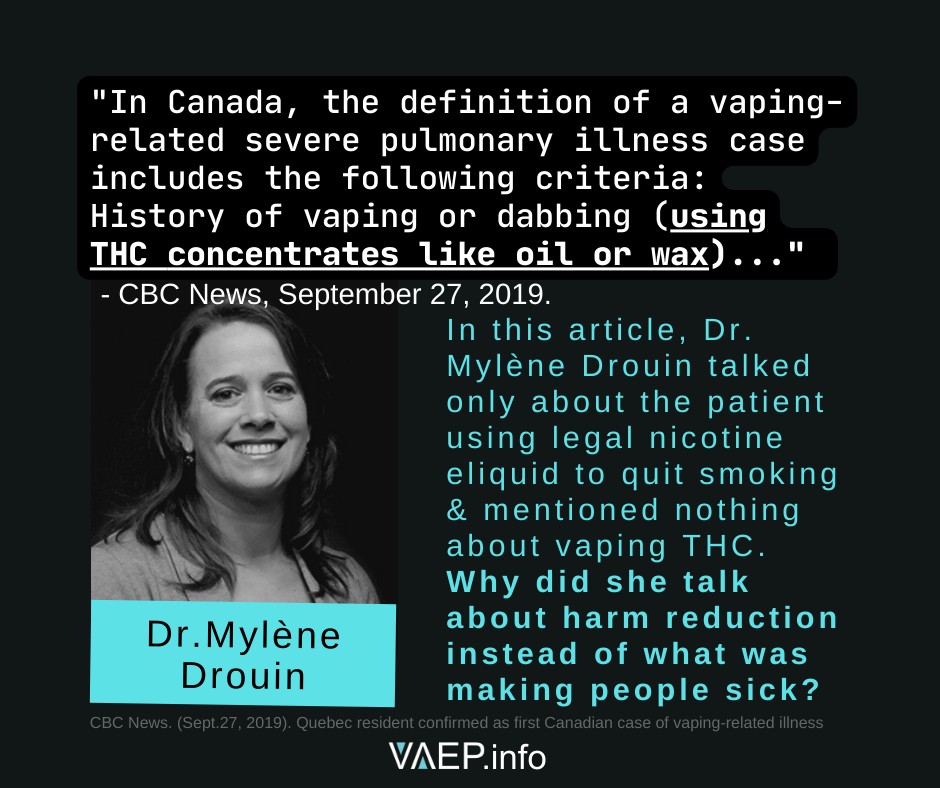What went wrong in Canada
What went wrong in Canada
Governments, health authorities, medical professionals, anti-smoking groups and health-related nonprofits utilized mainstream media to repeatedly warn the public that vaping was injuring people without specifying that the injuries were caused from illegal THC cartridges.



























